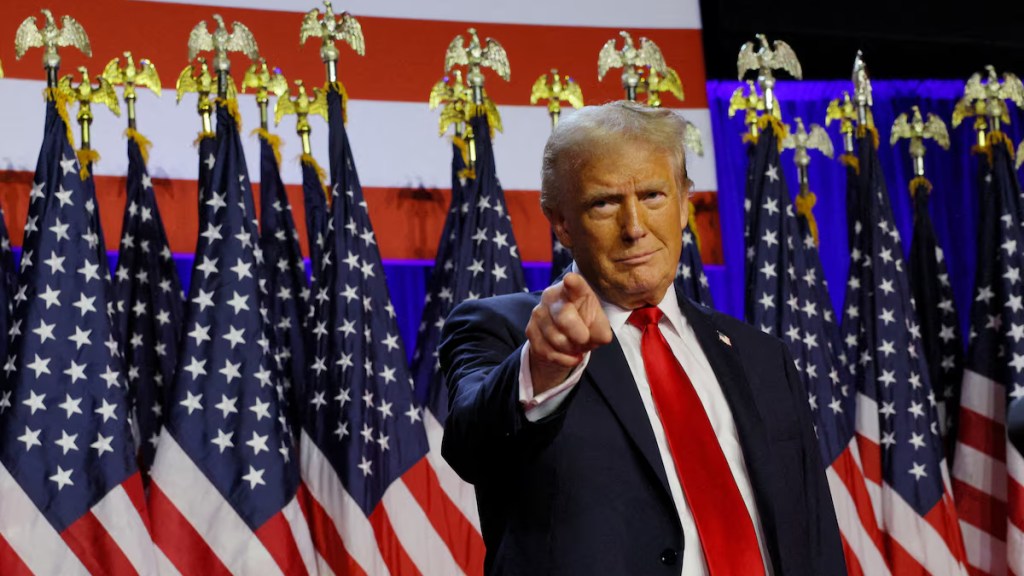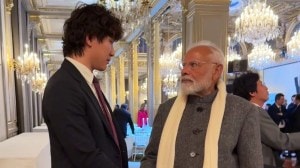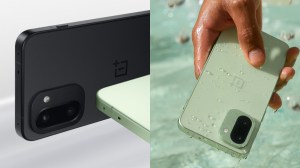Donald Trump has officially returned as the President of the United States, and his first day in office was packed with a “historic” flurry of big decisions including ones with potential to change the course of technology as we know it.
On January 20, as soon as he assumed power as the 47th President of the U.S., Trump signed as many as 80 executive orders. One of them gives his administration 75 days to decide the fate of TikTok in the country. The other—and technically more complex decision—revokes an AI safety order signed by Joe Biden, signaling a shift in the country’s approach to artificial intelligence (AI).
Trump assumes Office, pauses TikTok ban—But with conditions
The short-format-video sharing app TikTok, which has about 170 million users in the U.S., faced a ban under a law signed by President Biden in 2023 over national security concerns. The law required TikTok’s Chinese owner, ByteDance, to sell its U.S. operations or shut down the app altogether.
Just before the ban was set to take effect on January 19, TikTok was briefly taken offline for U.S. users, with both Google and Apple pulling off the app from their respective app stores preventing new downloads and updates. However, Trump’s order on January 20 delayed enforcement of the ban by 75 days opening possibilities for fresh negotiations.
But Trump’s relief comes with a catch for TikTok. He suggested that the U.S. government should take a 50% stake in TikTok’s U.S. business, saying that if the U.S. is creating value for the company, it should get a share of the profits. He also threatened tariffs on China if Beijing does not approve a U.S. deal for TikTok. His administration is set to impose 25 percent tariffs on imports from Mexico and Canada from February 1, according to media reports.
TikTok has thanked Trump for the temporary relief measure but is yet to comment on his demand for a U.S. government stake.
AI regulations scrapped—What happens now?
In another major decision, Trump revoked Biden’s executive order on AI regulations, which was introduced in 2023 to manage risks associated with AI. The order had required AI developers to report safety tests for high-risk AI systems to the U.S. government before releasing them to the public. It also set standards for preventing risks related to cybersecurity, national security, and even biological threats.
By revoking the order, Trump’s administration is removing federal oversight on AI development. The argument is that strict regulations might hinder innovation.
Trump and tech
Trump’s swearing-in ceremony was attended by the who’s who of tech industry from Sundar Pichai, and Jeff Bezos to Tim Cook and Mark Zuckerberg. Elon Musk was obviously in attendance. But even before D-day, tech leaders like Zuckerberg started taking bold measures to appease President Trump with some landmark decisions like the removal of independent fact-checking, though reports suggest this might be limited to the U.S. only for now.
Trump’s decisions on TikTok and AI signal a more aggressive, business-first approach to tech policy. However, truth is, both moves could face legal and political challenges eventually. TikTok’s fate is still uncertain since Congress had overwhelmingly passed the law requiring its sale, and the Supreme Court upheld it. Trump’s delay might not hold up in court. AI safety concerns meanwhile remain, especially as generative AI continues to evolve and conversations around Artificial General Intelligence (AGI) start to take shape.
With Trump back in the White House, what’s certain is that we can expect big shifts in U.S. tech policy—and plenty of controversy to tag along.
Follow FE Tech Bytes on Twitter, Instagram, LinkedIn, Facebook.








